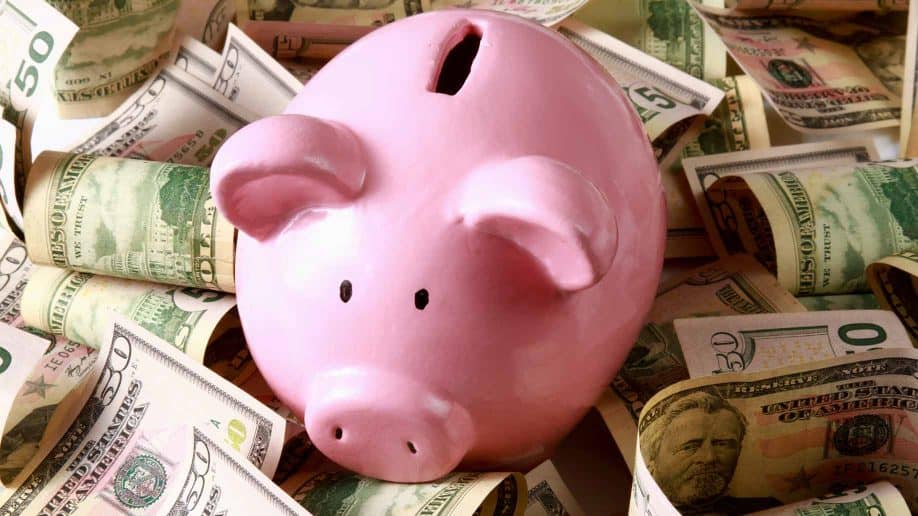
Investors are again reassessing one of the bond market’s premier reflation trades — the curve steepener — as expectations for growth and inflation perk up at a clip that was hard to imagine just a few months ago.
Whereas back in December the thought was that the Federal Reserve might tamp down long-term Treasury yields, the issue now lies with shorter-dated ones — 5-year rates. Yields on that maturity have become unmoored in recent weeks, surging amid speculation that the central bank will need to start a cycle of rate hikes perhaps a full year earlier than officials have indicated. That shift has roiled the outlook for a classic iteration of the reflation wager, a widening gap between 5- and 30-year yields, even as the narrative of a stimulus-fueled recovery has only gained momentum.
The key takeaway is that the bet on a steeper curve isn’t kaput because yields are still generally seen as rising further. It’s just due for a re-think. For example, it may mean ditching the wager if it’s grounded on the 5-year note, which reflects a medium-term view of the Fed’s path, in favor of one based on the 2-year, which still remains anchored in the market’s eyes. This backdrop only intensifies the focus on the Fed’s March 16-17 meeting, officials’ next chance to counter speculation that tightening will begin as soon as late next year.
“The Fed next week will have to walk a fine line between either pushing back against market expectations or allowing them to stand,” said Kevin Walter, co-head of global Treasuries trading for Barclays Plc.
Without Fed pushback, he said, “there might be more pressure on the belly of the curve,” in which case the best steepeners would be the spreads between 2-year yields versus 5- and 7-year rates that have room to rise as traders price in tightening.
2022 View
The swaps market is reflecting a roughly 75% chance the Fed lifts rates from near zero by around the end of 2022. Walter expects no major policy changes next week and anticipates that officials will continue to project rates on hold through 2023.
If the Fed does signal some 2023 hikes next week, the market will probably bring expectations for rate increases into the first half of 2022 and the 1-year-forward 5-year rate could increase 50 basis points, Peter Chatwell, head of multi-asset strategy for Mizuho International Plc, said in an emailed note.
Fed Chair Jerome Powell gave just a minor nod last week to the bond-market slump that drove 10-year yields above 1.6%. He emphasized the importance of financial conditions, which remain accommodative, although tech stocks did sink on Friday as yields surged.
Five-year inflation expectations at the highest since 2008 and robust jobs data have only reinforced bets that the Fed will need to tighten more quickly than it’s been forecasting. The speculation has squeezed wagers on a steeper curve from 5 to 30 years, shrinking that spread to a bit above 150 basis points, from a more than 6-year high of 167 in February. The 5-year yield at 0.84% isn’t far below its highest level since last year.
But the 2-year has remained near historic lows on the view that the Fed will hold rates near zero for the immediate future. That’s kept bets on the widely watched spread to the 10-year rate in play, as well as versus other maturities, such as the 5- and 7-year.
“Some steepeners are better than others,” said Patrick Leary, senior trader and chief market strategist for Incapital. He expects the 2- to 10-year spread to keep widening, but has taken profits on steepeners and is looking for a better point to re-enter.
Fans Persist
Some still see potential in the 5- to 30-year steepener. TD Securities has recommended entering that bet at 146.5 basis points, targeting 170, based on what it said was a high bar for hikes and the prospect of elevated coupon supply.
Traders are focused on the 5-year part of the curve, known as the belly, because it’s seen as one place that may bear the brunt of any subsequent selloff should rate-hike speculation mount further.
Already, certain corners of the market are turning their attention to the potential for multiple rate hikes. In swaptions, a position has emerged targeting the Fed to hike seven to eight times by March 2025, according to a Barclays analysis.
And while shorting Treasuries has been in vogue, “it’s possible the market may have gotten a little ahead of itself in the belly,” causing the 5-year rate to rise too much, said Jamie Anderson, head of U.S. trading for Insight Investment, which manages about $1 trillion.
If the data come in weak or the Fed is on hold for longer than expected, “the belly should rally and the curve re-steepen,” he said.
For Incapital’s Leary, the narrowing in the 5s30s gap came on the view that officials may discuss — or even announce — a twist next week. Such an operation, involving the sale of shorter-dated holdings and purchase of longer maturities to control yields, would put more pressure on the belly, he says. That would follow the European Central Bank’s decision to ramp up its bond-buying pace.
“All these trades are highly dependent on the Fed being on the sidelines and not changing its policy stance,” Leary said. “The market is definitely playing a game of chicken with the Fed, by testing how high yields can get before tightening financial conditions and forcing the Fed to step in.”























